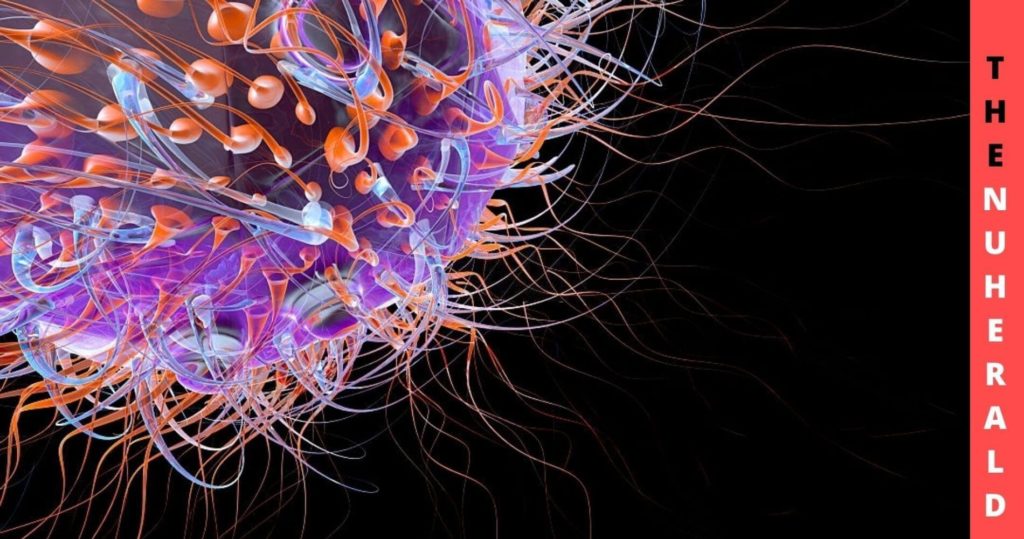HIV weakens the immune system, making people more susceptible to infection, cancer, and other diseases than they can resist with a healthy immune system. When a person is infected with a virus, the defense cells are destroyed and impaired, resulting in immunodeficiency. CD4 counts are a measure of the body’s immunity function.
A Study Demonstrates How HIV Replicates In The Body
In some individuals, acquired immunodeficiency syndrome, an advanced stage of HIV infection, takes many years to manifest. Cancers and infections, as well as other long-term clinical manifestations of AIDS, are the hallmarks of the disease.

As HIV progresses, the symptoms vary. Many people living with HIV are not aware of their status until several months after they become infected. This is even though they tend to be most infectious in the first few months after contracting HIV. The first few weeks following an infection may be characterized by no symptoms, or by symptoms similar to influenza, including fever, headache, rash, and sore throat.
Viral RNAs are mutated into new virus particles for HIV replication in the human body. In a recent study, researchers discovered that a slight difference in the viral RNA sequence could lead to the replication of the virus. Developing treatments based on this could be beneficial.
Senior author Karin Musser-Forsyth, professor of chemistry and biochemistry at The Ohio State University and Ohio Eminent Scholar, said it’s just this small change in DNA that matters so much. If we can prevent it from packaging its own genome, we can keep it from spreading within the body.”
Scientists from the National Cancer Institute and other universities contributed to the study, which aimed to answer a long-standing question in HIV biology research: How does the virus know which RNA to copy from?
All living things contain RNA, which is a string of nucleotides. Genetic information is contained within HIV, which facilitates the virus’ ability to replicate inside the body of its host. RNA molecules were studied with 9800 nucleotides.
As humans, we have many types of RNA, such as messenger RNA (mRNA), which is abundant, and which has now become well-known thanks to COVID-19, Musser Forsyth explained. But HIV makes a small amount of viral genome, which is packed into genomic RNA, rather than using mRNA to make viral proteins. How does HIV locate this genomic RNA to package, rather than just packaging any RNA in our cells?”
By answering that question, researchers believed they might be able to develop drugs that would prevent the virus from replicating and infecting healthy human cells.
The researchers compared the structures of two nearly identical strings of HIV RNA. They found that the virus distinguishes genomic RNA from viral mRNA by modifying the last two nucleotides at the end. Their research showed that one of the genomes was more efficient at packaging as a genome than the other due to its conformations.
Currently, HIV treatments primarily target viral proteins, but the findings of this study could prove relevant to future HIV treatments that target RNA. Despite the fact that HIV drugs based on this discovery will likely be years away, Mussier Forsyth emphasized the importance of this discovery.
With our new understanding of the structure of RNA, we can develop therapeutics which can lock the molecule into a confirmation that won’t even allow the RNA to package its genome. Once it can’t do that, then it won’t replicate,” Mussier Forsyth said.
